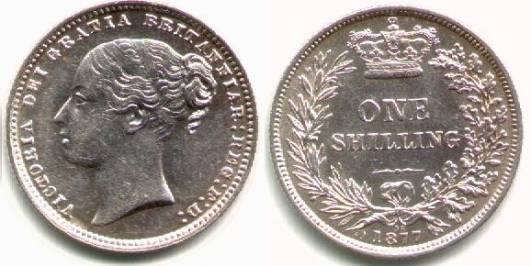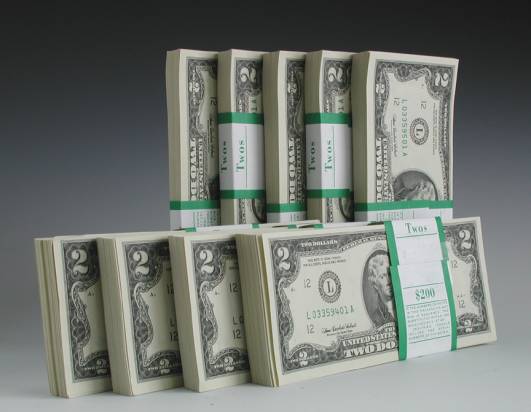Interesting question!
The UK's monetary system was born before the global acceptance of a decimal system, and anyone who was alive before 1971 can tell you all about denominations such as the "shilling".
On February 15th, (known as Decimal Day), the UK and Ireland adopted a decimal system.

The process was lobbied for and managed by several committees, and during the process it was decided to keep the penny and the pound as the chief rates of coinage. This was designed to help people adapt, and also meant creating fewer new coins.
In the case of the Dollar, I guess there was less of a tie to tradition - so naming the lowest decimal coin a cent (derived from the Latin word for 100) made sense.

In terms of the Euro, using the word cent was the easiest way to converge all the denominations that previous countries were using (in different languages) into one word that is easy to understand.
For example, I was living in Italy when the switch from Lira to Euro happened, and the fact that the word centesimo (the Italian word for cent) literally means "hundredth" left no room for ambiguity about how many centesimi made up one Euro.
It's also worth noting that, due to the United States' ties to Britain - a cent is still colloquially known as a penny.